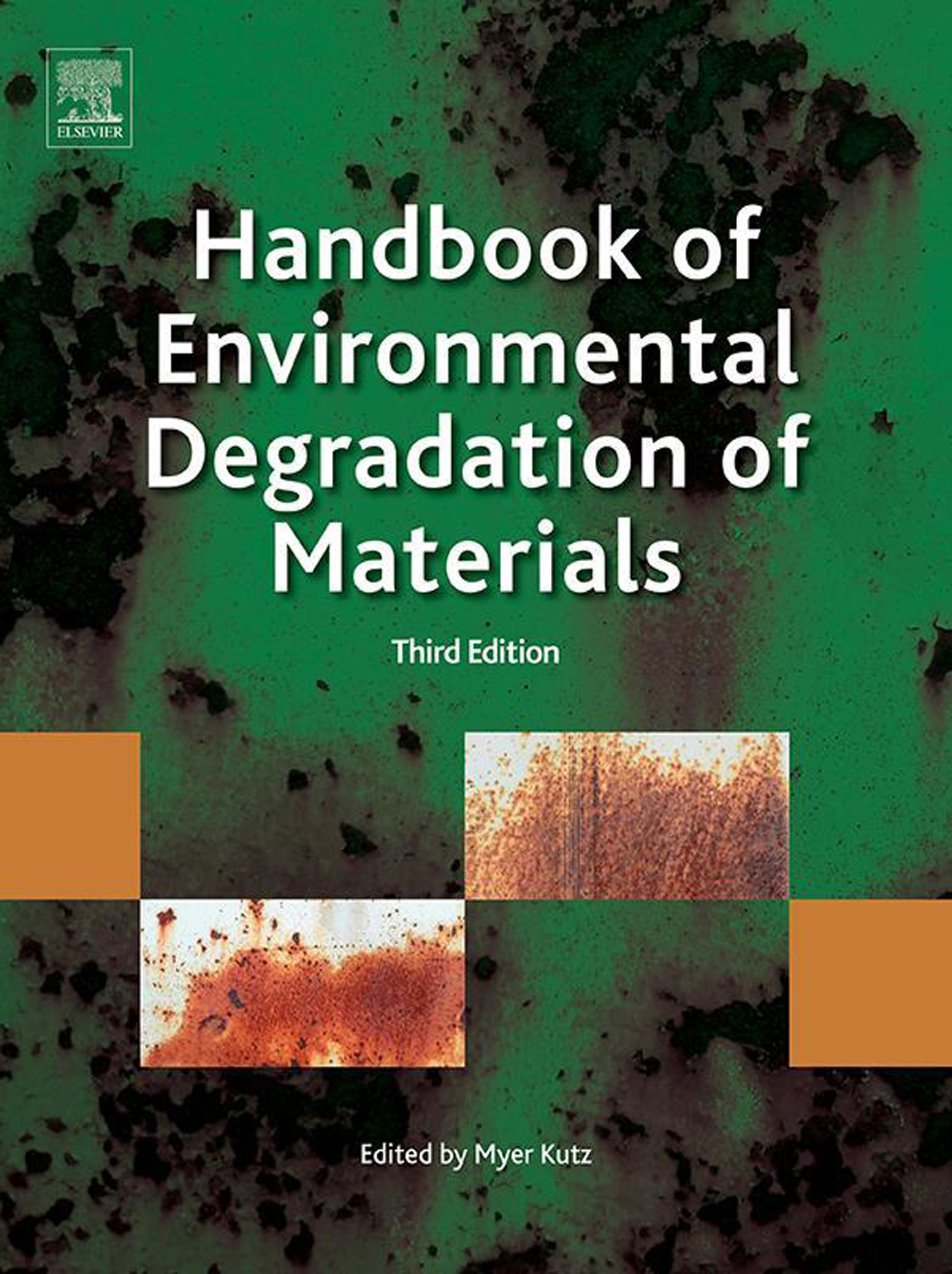- 中图分类号: TB3
- 语种: ENG
- 出版信息: William Andrew_RM 2018 686页
- EISBN: 9780323524735
- PISBN-P: 9780323524728
- 原文访问地址:
KG评星
知识图谱评星,是一种基于用户使用的评价体系,综合图书的评论数量、引文数量、Amazon评分以及图谱网络中节点的PageRank值(即考虑相邻节点数量和重要性)等多种因素计算而得出的评价数值。星级越高,推荐值越高。CAT核心级
核心学术资源(CAR)项目作为教图公司推出的一项知识型服务,旨在打造一套科学、有效的图书评价体系,并协助用户制定相应的馆藏建设方案。CAR项目调查和分析12所世界一流大学的藏书数据,以收藏学校的数量确定书目的核心级,核心级越高,代表书目的馆藏价值越高。选取核心级在三级以上,即三校以上共藏的图书作为核心书目(CAT)。The Handbook of Environmental Degradation of Materials, Third Edition, explains how to measure, analyze and control environmental degradation for a wide range of industrial materials, including metals, polymers, ceramics, concrete, wood and textiles exposed to environmental factors, such as weather, seawater, and fire. This updated edition divides the material into four new sections, Analysis and Testing, Types of Degradation, Protective Measures and Surface Engineering, then concluding with Case Studies. New chapters include topics on Hydrogen Permeation and Hydrogen Induced Cracking, Weathering of Plastics, the Environmental Degradation of Ceramics and Advanced Materials, Antimicrobial Layers, Coatings, and the Corrosion of Pipes in Drinking Water Systems. Expert contributors to this book provide a wealth of insider knowledge and engineering expertise that complements their explanations and advice. Case Studies from areas such as pipelines, tankers, packaging and chemical processing equipment ensure that the reader understands the practical measures that can be put in place to save money, lives and the environment.Introduces the reader to the effects of environmental degradation on a wide range of materials, including metals, plastics, concrete, wood and textilesDescribes the kind of degradation that effects each material and how best to protect itIncludes case studies that show how organizations, from small consulting firms, to corporate giants design and manufacture products that are more resistant to environmental effects







 京公网安备 11010602104826号
京公网安备 11010602104826号
